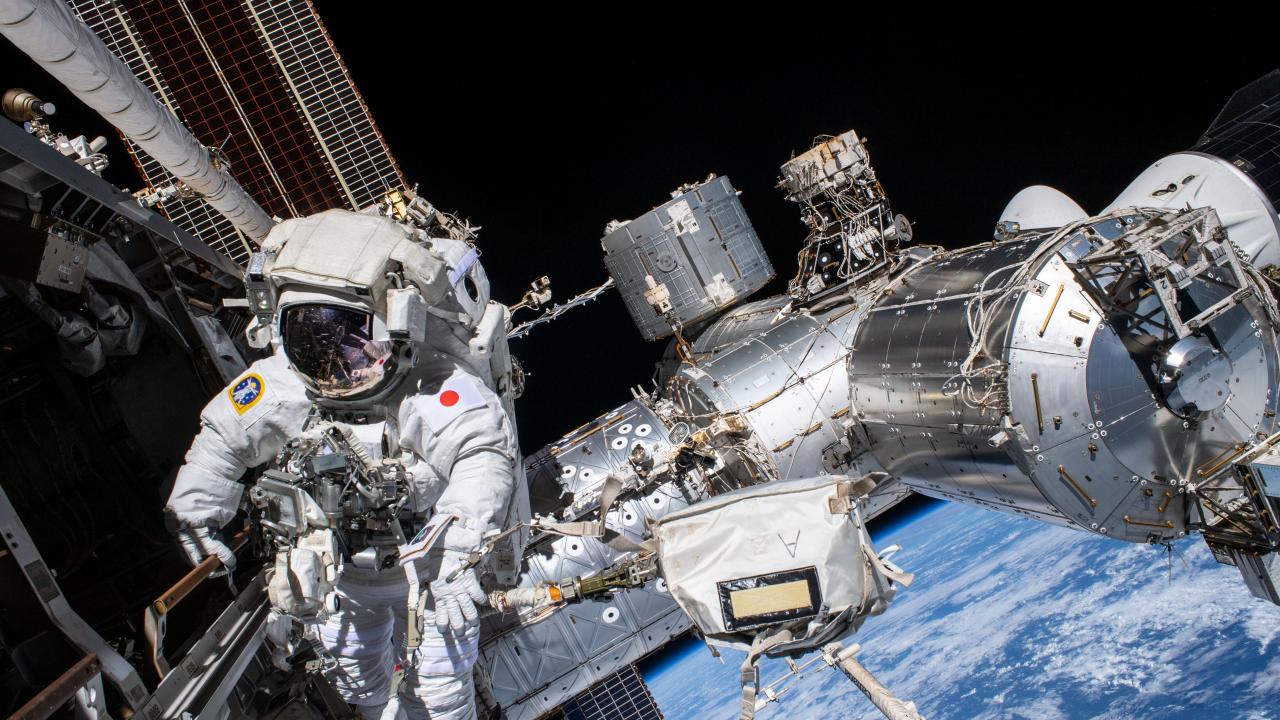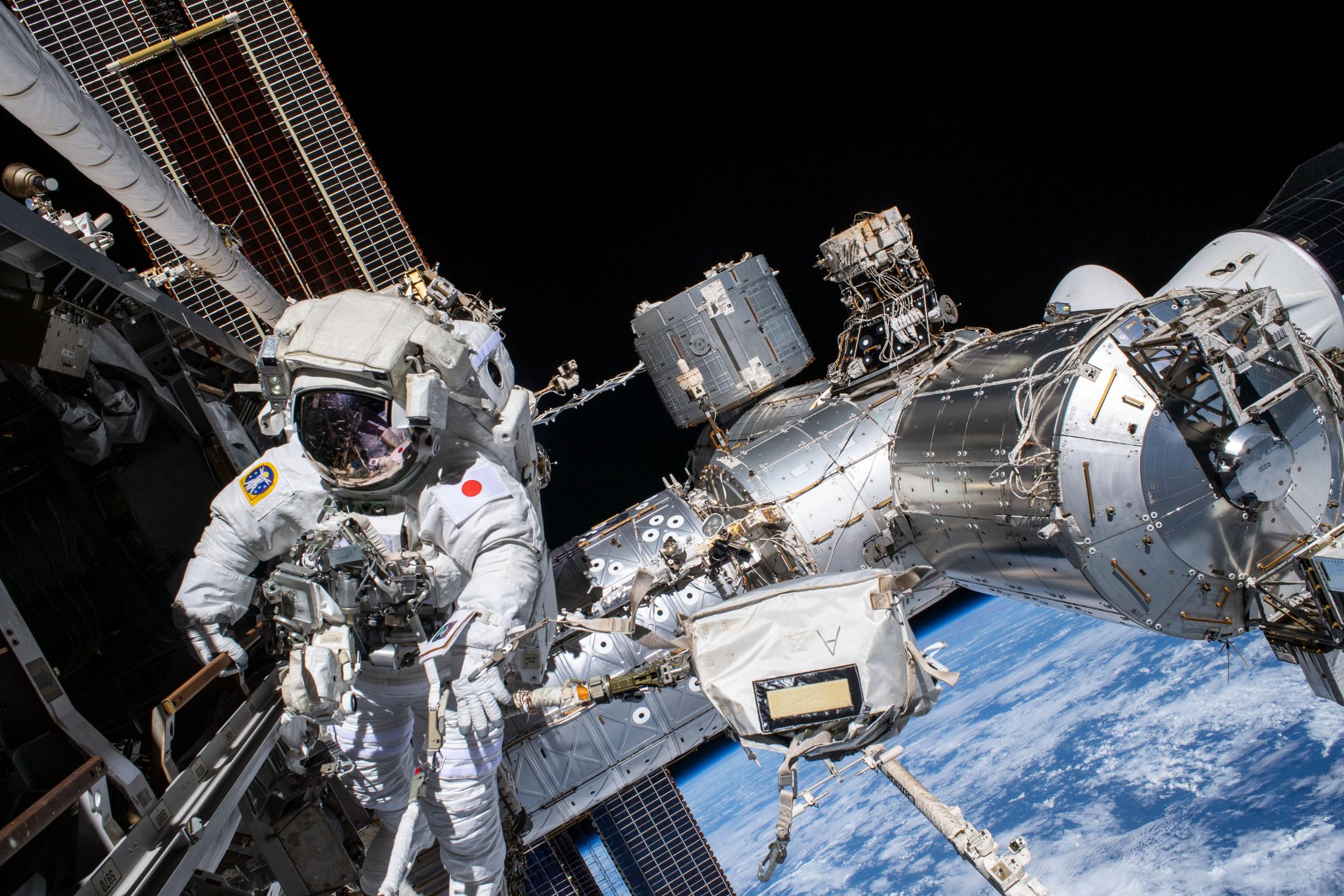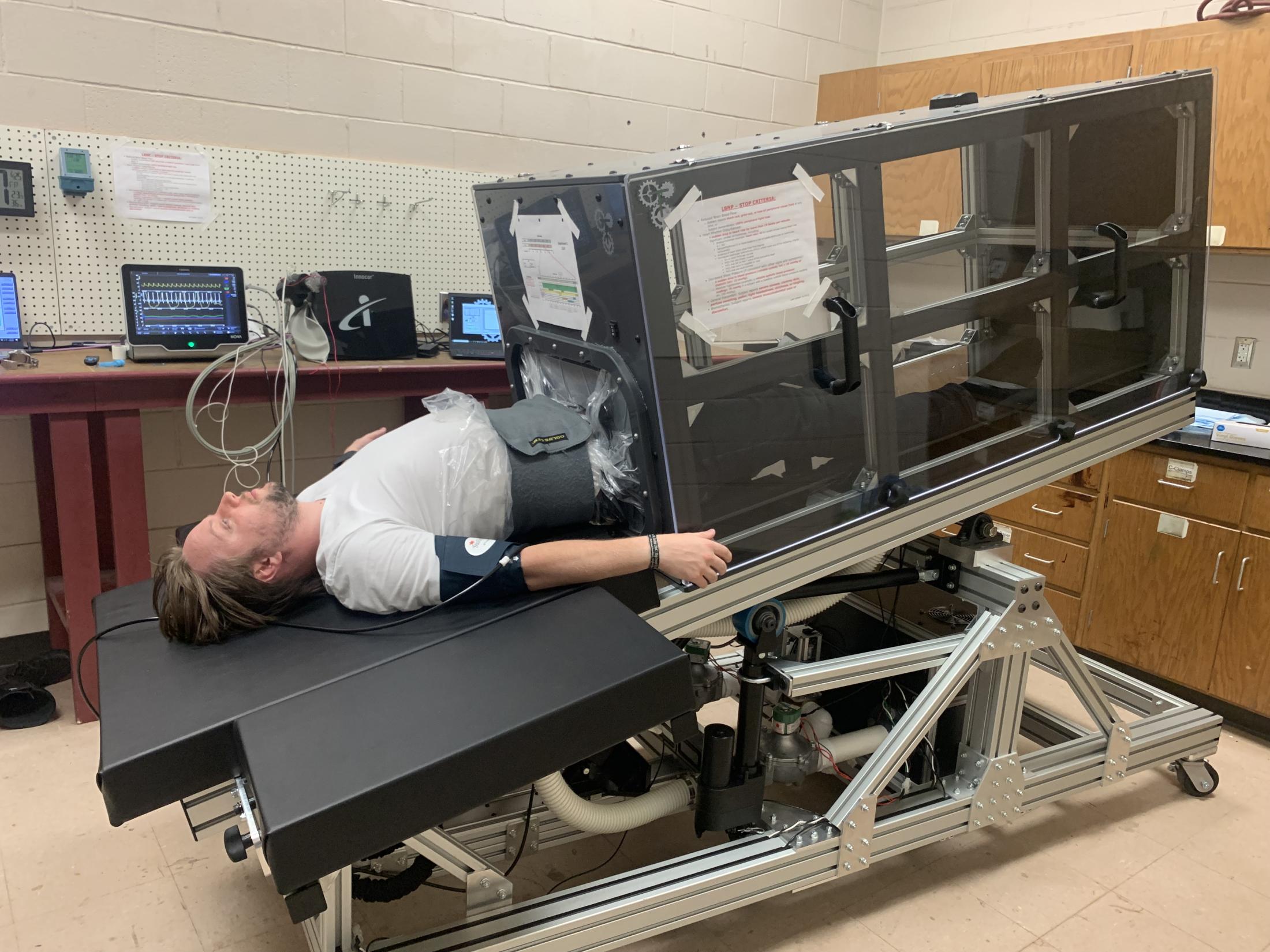
As New Paths to Spaceflight Emerge, Rich Whittle Explores a Vast Unknown: The Human Body

With the recent uptick in private spaceflight companies like SpaceX and Blue Origin, Virgin Galactic launching commercial flights into suborbital space, and NASA's ambitious Artemis program that aims to land people on the Moon in 2024 as a first step toward voyages to Mars, new assistant professor in the Department of Mechanical and Aerospace Engineering Rich Whittle believes we are on the cusp of a new era of human spaceflight.
"The way I see it, now is almost a parallel to the early days of flight back in the early 1900s, when there weren't that many people flying," he said. "Nowadays, anyone can hop on a plane and go across the country or around the world. I hope that in the next 20, 30, or maybe 50 years, spaceflight will be the same."
The possibility of increased access to spaceflight, as well as longer trips into space than we have previously achieved, is thrilling for many, Whittle included. But these prospects also come with many unknowns, particularly when it comes to the human body.
Working the Problem
Human performance in space is one of the main research topics of Whittle, who joined the department in July. His lab, Bioastronautics and eXploration Systems is housed under the UC Davis Center for Spaceflight Research, which was established by MAE professor and former astronaut Stephen K. Robinson in 2021.

One of Whittle's challenges is the lack of data. The number of people who have gone to space is relatively small, and the health parameters for spaceflight are strict — many would-be astronauts don't make it past the medical exam. The few people who do make it into a rocket and out of Earth's atmosphere are in peak physical health, whereas people who would sign up for a commercial spaceflight might not be.
Additionally, the longest any astronaut has lived in space is about a year. No one has lived in space for the nearly two years a trip to Mars and back will take, much less in deep space, where there is an entirely different radiation environment than our bodies are used to.
"The body changes — you get changes in bone structure, changes in vasculature, changes in the brain — we don't know where the limit is and how things are going to keep changing," Whittle said. "We don't know what happens when you're on the Moon for six months or the effects of things like lunar dust. Is the gravity of the Moon strong enough to prevent any of the deconditioning you see in microgravity? The human challenges of the spaceflight environment are about to get a lot harder."
All Systems Go
Experimentation is one way Whittle plans to generate data. While working on his Ph.D. in aerospace engineering at Texas A&M University, Whittle conducted a NASA-funded study on the response of the cardiovascular and ocular systems to altered gravity, measuring everything from cardiac output and heart rate to changing pressure in the eye. Whittle will continue this research at UC Davis.

Whittle will also investigate computational modeling as a way to generate data as well as a future tool to predict how an individual might react in a space environment, which is where his engineering background really shines.
"From an engineering perspective, you can look at the human body as just another engineering system," Whittle said. "If you look at the cardiovascular system as an electrical circuit, except it's not a voltage, it's a blood pressure, and it's not current, it's blood flow. The equations, the mathematics behind it, still hold. You're just changing what the symbols mean. If you've got a model that can replicate a human, you can then individualize that model to represent a specific human, and you can make predictions about how that specific human is going to react in a certain circumstance."
Reaching for the Stars
Whittle first studied human performance by examining injuries in recruits as a training officer in the British Army, where he served in both The Parachute Regiment and the Corps of Royal Engineers from 2009 to 2023.
While in the military, Whittle earned a Master of Engineering from the University of Cambridge and a Master of Science in astronautics and space engineering from Cranfield University, which is ranked in the top 30 universities globally for mechanical, aeronautical, and manufacturing engineering by QS World University Rankings.
During a military stint in geospatial intelligence working with satellite imagery, Whittle was reacquainted with his childhood love of space. He remembers being obsessed with a book on space shuttles and rockets from Stephen Biesty's Incredible Cross-Sections. It opened up an awe-inspiring world of possibility that is still as big and exciting to him now as it was when he was young.
"It's just cool, isn't it?" he said. "Human spaceflight is cool. Rockets are cool when you're 4, and rockets are still cool when you're 34. I'm sure if you chat to Steve Robinson, they're still cool when you're 64, you know? It doesn't change."
